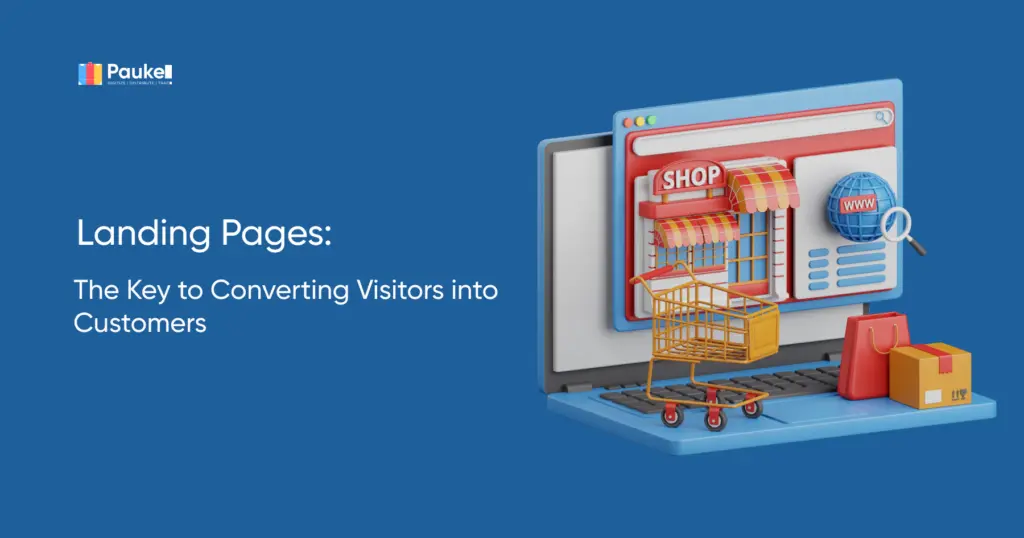
In the world of digital marketing, landing pages play a crucial role in capturing and converting visitors into valuable leads or customers. A well-optimized landing page can significantly impact the success of your marketing campaigns and drive tangible results for your business. Let’s explore why landing pages are essential and how to create effective ones that maximize conversions.
A landing page is a standalone web page designed with a specific goal in mind, such as lead generation, product promotion, or event registration. Unlike a website’s homepage, landing pages are focused, concise, and tailored to a specific audience or offer. By eliminating distractions and providing a clear call to action (CTA), landing pages guide visitors towards taking a desired action.
To optimize your landing pages for maximum effectiveness, consider the following elements:
1. Captivating Headline:
Craft a compelling headline that immediately grabs visitors’ attention and communicates the unique value proposition of your offer. Use strong, action-oriented language and emphasize the benefits visitors will gain by engaging with your offer.
2. Engaging Visuals:
Incorporate relevant and visually appealing images or videos that support your message and captivate visitors. Visual content helps break up text, improves comprehension, and makes your landing page more engaging.
3. Persuasive CTA:
Your call to action (CTA) is the driving force behind conversions. Make your CTA prominent, visually appealing, and action-oriented. Use strong verbs and compelling language to encourage visitors to take the desired action, such as signing up for a newsletter, requesting a demo, or making a purchase.
4. Form Optimization:
If your landing page includes a form for lead capture, optimize it to strike a balance between capturing necessary information and minimizing friction. Keep the form fields concise and only ask for essential information. Consider using multi-step forms or progressive profiling to gather additional data over time.
5. Mobile Responsiveness:
Ensure your landing page is fully optimized for mobile devices. With the majority of internet users accessing content on smartphones, a mobile-responsive design is crucial to provide a seamless user experience and maximize conversions.
6. A/B Testing:
Continually optimize your landing pages through A/B testing. Test different headlines, visuals, CTAs, form layouts, and colors to identify what resonates best with your audience. Use analytics and conversion tracking to measure performance and make data-driven decisions.
Remember, landing pages are not set in stone. Regularly monitor their performance, analyze data, and iterate based on insights gained. By following these optimization practices, you can create landing pages that drive higher conversions, generate qualified leads, and contribute to the growth of your business.





